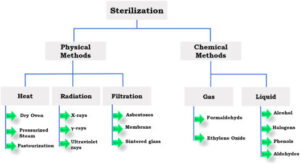Q: A process to sterilize a tray in a vented poly bag has been working for eight years when suddenly it doesn't. Some of the product returns with weakened and blown seals. Start with the seals......poly to poly. All seals tested OK prior to sterilization. In addition, the manufacturer states that the product hasn't changed. OK- then something must have changed at the sterilization plant. But all parameters of the sterilization are the same. Nothing's changed there either. After everything has been verified and the checklist shows no changes. Where do you go from there?
A: I suggest that you need to a perform a deeper and more complete failure investigation analysis. Some of the parties that I would check into more fully are the packaging material supplier(s), the packaging company, and the group that does the sterilization. Even though, for example, the manufacturer states that "the product hasn't changed," or you are told that "all of the parameters of the sterilization are the same," that does not necessarily mean those statements should be accepted at face value. In my career I’ve seen numerous incidences where changes occurred that were undetected, unreported, unintentional, etc. Let me give you two brief examples which are in the same vein as your inquiry. One such instance occurred where the root cause was eventually discovered to be that the temperature of the package sealing equipment was found to be lower than normal. The second example is where a contract sterilizer replaced an older vacuum pump with the exact same pump (same make and model number). The cycle specifications for the vacuum phase of the cycle had a range for the vacuum level, and for the vacuum draw down rate. The new vacuum pump was found to be performing more efficiently, which resulted in a faster draw down rate, along with a deeper vacuum, both found to be within specification. When the product was qualified, the packaging integrity testing was not performed at the extremes of these two parameters. It was eventually determined that the combination of the slightly higher than typical temperature specification range of the cycle, combined with the faster vacuum rates and depth, caused there to be seal creep which led to occasional package seal failures.



